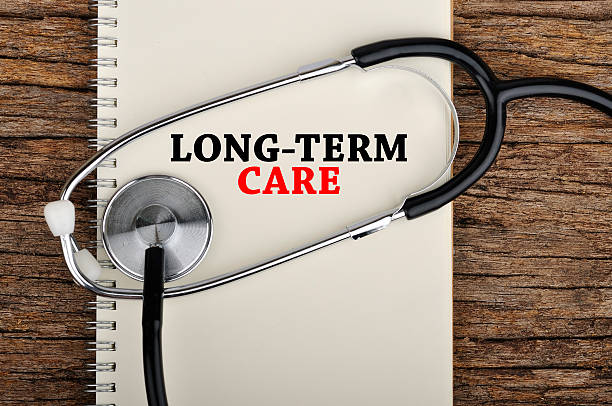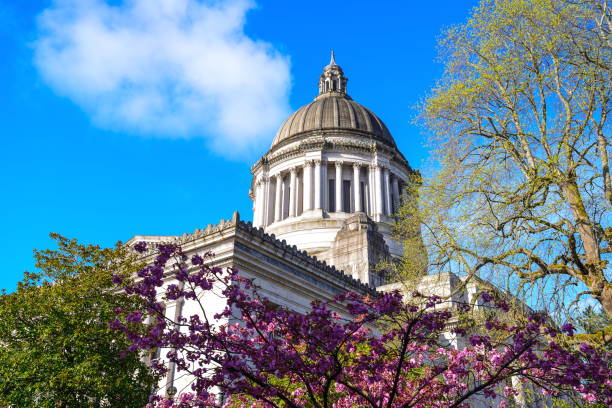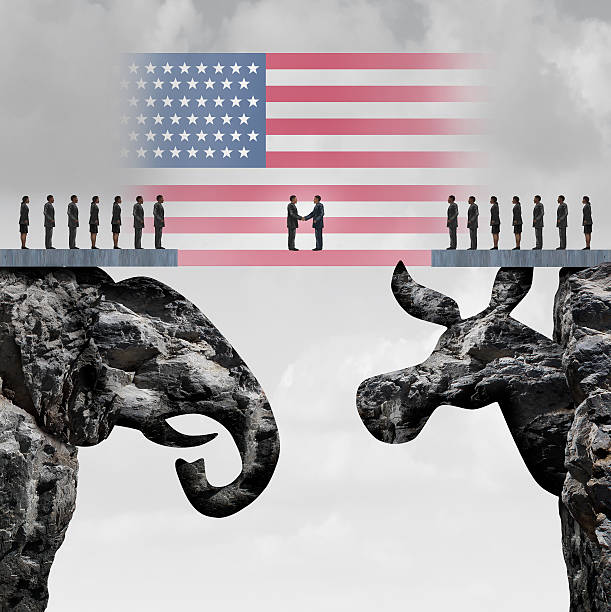Drug Price Controls May Come to a Pharmacy Near You

Democrats in Congress feel embolden after ramming through the $1.9 trillion “relief” bill in a partisan fashion. They, along with the Biden Administration, are now considering a multi-trillion dollar “infrastructure” bill, which potentially would include some type of drug price control. (here) It’s very unclear what price controls have to do with improving infrastructure, but Democrats certainly want to use their slim majority in Congress to achieve the political left’s agenda.
The U.S. House previously passed a major drug price control bill, H.R. 3, but the Senate has not considered it. (here) That potentially would change with the infrastructure bill.
Several measures are being discussed. The most popular are fixing increases in drug costs to inflation, allowing the government programs of Medicare and Medicaid to negotiate pharmaceutical prices, forcing drug manufactures to set prices for Americans at the same rate as other countries, and allowing Americans to purchase drugs from other countries.
In economics, setting price limits on goods and services always results in scarcity, with fewer of the price-controlled products being produced and made available to consumers. This has been confirmed by the disastrous centrally-planned economies of communist countries. Similar distorting effects and shortages would occur if government officials sought to control prescription drug prices.
It is well known that Americans pay higher prices for drugs than other “favored” nations. Patients in other countries are, in effect, getting a free ride on the backs of U.S. citizens, who provide the bulk of money for research and development of new drugs. The pharmaceutical industry estimates that the proposed price controls in the U.S. would decrease revenue by 60 percent and would lead to 60 fewer new drugs coming to market in the next ten years. (here)
If public officials really want to bring prices down and increase competition in the drug industry, they should focus on streamlining the government drug approval process to decrease the time and money manufacturers devote to bringing a new drug to market. Depending on the study, the average cost of bringing a drug to market today is $2.5 to $5 billion and takes 10 to 15 years to get through the government regulatory process. There is even a backlog of generic drugs awaiting government approval. (here)
Throughout our economy, a vigorous and creative free market, without third party interference, results in better products at cheaper prices every day with constant improvement. Allowing patients, in consultation with their providers, to decide which drugs are best clinically and financially for them should be the goal of health care reform, not damaging price controls.







